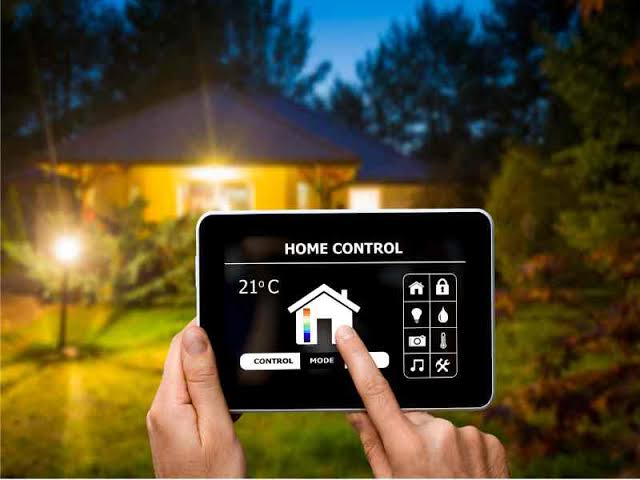Over the years, people have become more and more aware of their effect on the environment, both through direct pollution of devices made of harmful materials and indirectly, through wasteful practices of the consumers. Energy consumption has been one of the key factors considered in stats such as the ones drawn up by the Ana Bera from Safeatlast.co, ultimately leading to entire smart building solutions and technologies.
Nevertheless, not everyone is equally inclined to adopt novel practices, or even share the same point of view regarding them. This has prompted a number of researches and studies in order to improve awareness and gain better insight into different smart home technologies and the proper ways to implement them. Some examples are the studies conducted by the Energy Saving Trust (EST), along with Goldsmith and the University of London called Smart Lives. They address the issue of scarcity, the risk and concerns, methods and potential balance related to renewables.
Additionally, researches have come to identify specific types of personas based on their approach to the smart home technologies. While it is not an absolute categorization, it does allow a better understanding of the different approaches to smart home tech and the whole concept of renewable energy. Let us describe the major types of smart home technology users:
1. The Human Machine (Beaver)
Each character type has a sort of ‘spirit’ animal, denoting their attitude and actions regarding the technologies in question. The Human Machine or Beaver type of personality denotes the ‘early geeks’, the ones that are all too eager to adopt an innovation in its grassroots stage.
These people have been recognized as heavily active, leading busy lives in their everyday environments. The research suggests that they may be somewhat prone to obsessive-compulsive behavior, but are also very meticulous and require in-depth understanding and transparency of all processes they take up.
2. The Passive (Koala)
These people are likely to adopt the technology, as long as the machines do all the work without them demanding any understanding of the underlying processes. In this regard, they are complete opposites to the previous personality type; yet, due to their proneness to new technologies, they are also considered to be the best candidates for pilot test runs of the specific smart home systems.
3. Smarter Than Smart (Fox)
As the research has put it, these like to ‘keep their friends close and their enemies closer’. The pro-oriented renewable energy public sees these ‘foxes’ as suitable audience for testing new technologies, even though they run the risk of discarding it solely due to their general attitudes. Nevertheless, their criticism can be rather constructive on occasion.
4. System Thinkers (Goose)
The System Thinker is willing to adopt the technology proportionately with its beneficial effect, especially when it advances an already existing concept. These are known to put the greater good before their own personal gains, striking just the right balance.
5. Precarious (Field Mouse)
Wealthy, yet unfazed homeowners who are smart home adopters are normally categorized as the precarious type. The lack of interest prevalent in this type of personality goes beyond the machines operations; they are just as disinterested about its effects in energy consumption efficiency and technologies.
6. Gamers (Dolphin)
Although last, the Gamers are still more interested in the smart home tech than the ‘field mouse’, especially when finding themselves in competitive environments. In fact, they act primarily on comparison to others’ performances, and are instigated by the difference. These people are suitable for locating strengths and weaknesses in a certain service, as well as determining a successful customer loyalty program.

Pingback: How to Solve Storage Problem in Your Home | Guest Posts Hub
Pingback: How Smart, Connected Products Are Transforming Competition | Guest Posts Hub
Pingback: The Most Popular Denver Home Styles | Guest Posts Hub
Pingback: 8 Long-term Ways That Redefines The Future Of Kitchen Design - Guest Posts Hub
Pingback: Best Smart Gadgets For Cleaning Your House
Pingback: 9 Effective Tips For Avoiding Water Damage In Your Home
Pingback: Smart Home Automation Trends For 2025 And Beyond